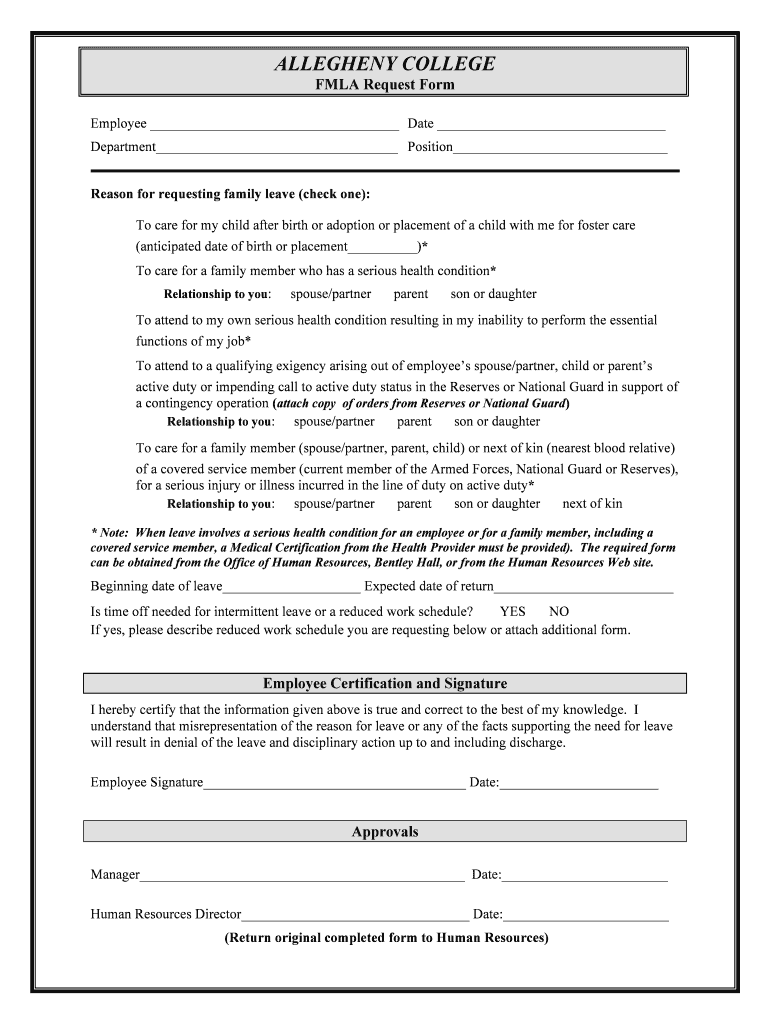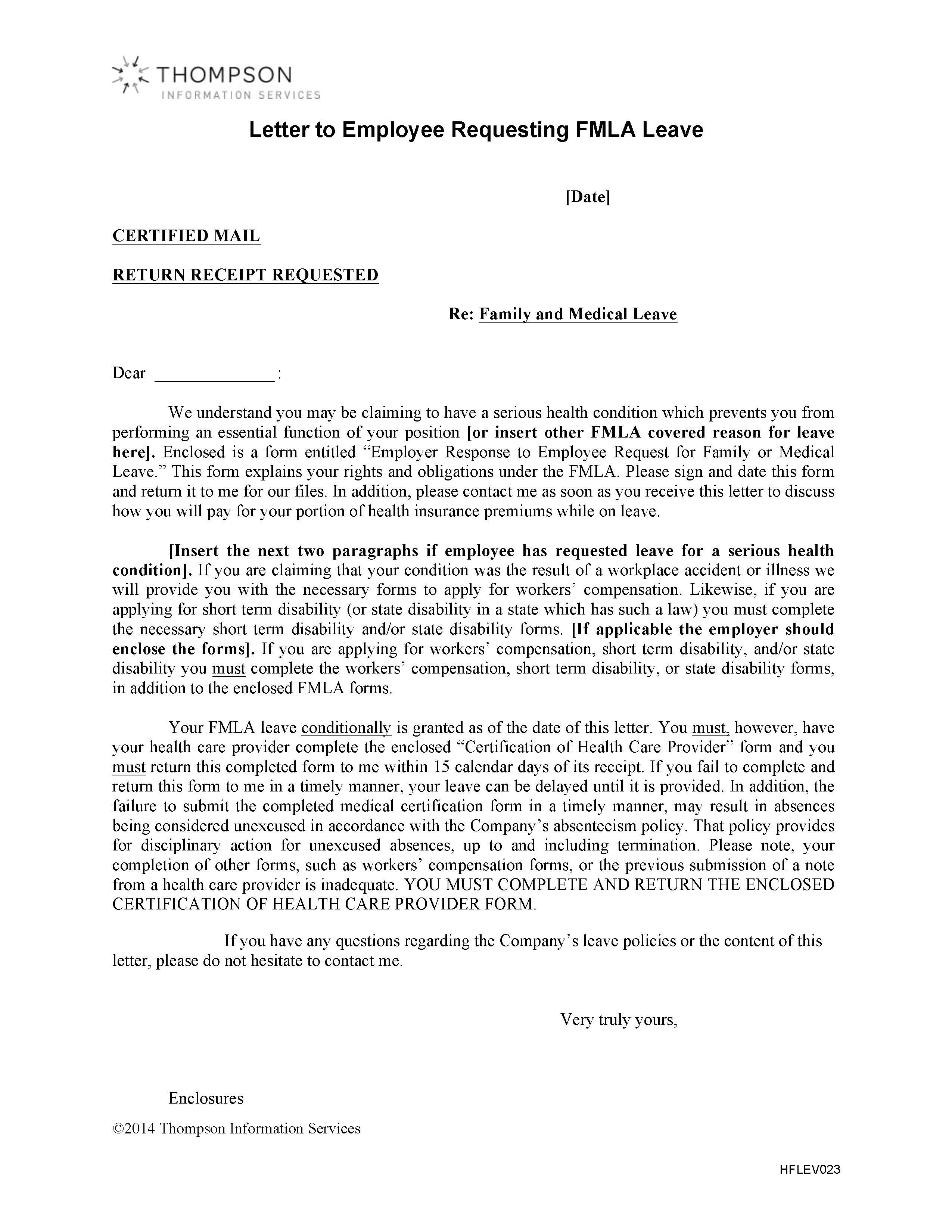Doctor Tips: Approve Your FMLA Paperwork Fast

Applying for Family and Medical Leave Act (FMLA) benefits can be a straightforward process if you know the right steps to take and the documents to gather. Whether you're dealing with your own serious health condition or need to care for a family member, ensuring your paperwork is approved promptly can relieve a lot of stress. Here's a comprehensive guide to help you streamline your FMLA application:
Understand FMLA Eligibility

Before you begin the paperwork, it’s essential to understand if you qualify for FMLA:
- Your employer must have 50 or more employees within a 75-mile radius.
- You must have worked for that employer for at least 12 months.
- You need to have worked at least 1,250 hours during the 12 months preceding your leave.
Identify the Reason for Leave

The FMLA covers various conditions, each requiring different documentation:
- Birth or care of a newborn child: Documentation from the doctor or hospital.
- Adoption or foster care: Placement agency documentation.
- Serious health condition: Certification from a healthcare provider.
- Military family leave: Military-specific documentation.
Gather the Necessary Documentation

Collecting all the required documents beforehand can prevent delays:
- WH-380-E or WH-380-F forms: These are the certification forms for employee’s and family member’s serious health condition, respectively.
- Medical records: Including diagnosis, treatment plans, and statements from healthcare providers.
- Proof of relationship: For leaves related to caregiving for a family member.
- Birth or placement documents: For parental leave.
💡 Note: Some employers might have their own forms, but federal forms must be accepted.
Fill Out the Forms Correctly

Filling out FMLA forms can seem daunting, but here are some steps to ensure you do it correctly:
- Complete all sections: Leave no blanks, even if it means writing “Not Applicable” or “N/A”.
- Be clear and concise: Provide detailed but to-the-point information about the medical condition or event.
- Attach additional notes: If necessary, attach physician notes or any relevant documentation to support your application.
Get Your Doctor’s Certification

Having your healthcare provider certify your medical need is a pivotal step:
- Explain the need: Discuss the necessity for FMLA leave with your healthcare provider.
- Provide the forms: Give your provider the necessary forms, highlighting which sections are critical for your case.
- Follow up: Ensure your doctor fills out the forms accurately and promptly. Follow up if necessary.
Submit the Paperwork

After you’ve completed the forms:
- Review: Double-check for errors or missing information before submission.
- Submit: Use the method preferred by your employer, whether it’s through HR, an online system, or direct to your manager.
- Keep copies: Retain copies of everything you submit for your records.
The process of getting your FMLA paperwork approved might seem overwhelming, but by understanding the requirements, preparing all necessary documentation, and communicating effectively with both your employer and healthcare provider, you can increase your chances of a swift and successful approval. This guide aims to provide you with the tools and knowledge to navigate through the FMLA application process with ease, ensuring you receive the benefits you're entitled to without unnecessary delays.
Can I take FMLA leave intermittently?

+
Yes, FMLA leave can be taken intermittently. This means you can take leave in blocks of time or reduce your schedule for a period, provided you have the correct medical certification to support this need.
What should I do if my employer denies my FMLA leave?

+
If your FMLA leave is denied, you should ask for the reason in writing. Often, the denial might stem from incomplete or incorrect paperwork. Review and correct your application, and consider contacting the Department of Labor or seeking legal advice for further assistance.
Is my job guaranteed when I return from FMLA leave?

+
Under FMLA, you are entitled to return to your same or an equivalent position upon returning from leave. However, there are exceptions related to layoffs or organizational changes during your absence.